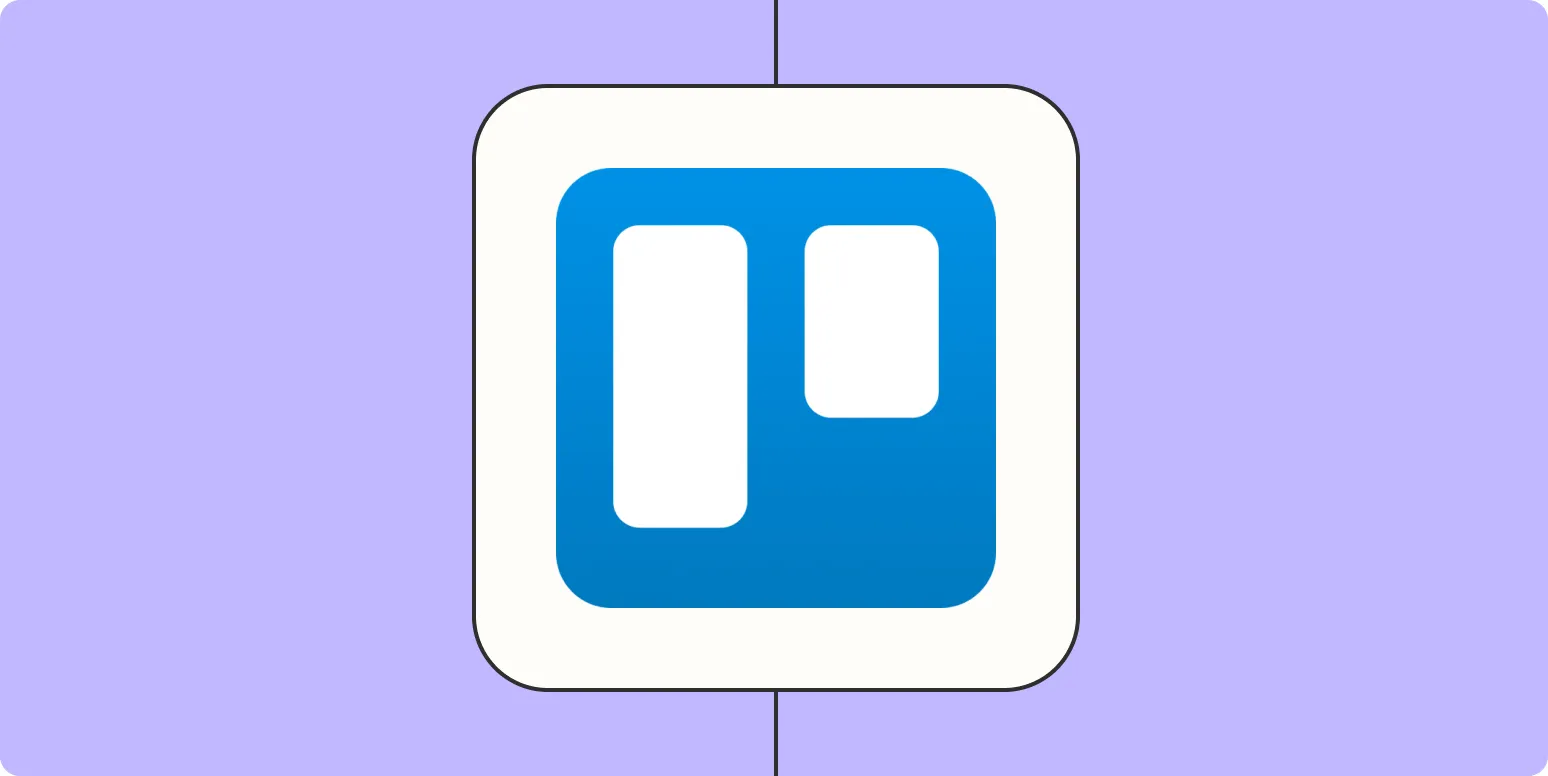When managing projects and tasks, effective time tracking is essential for optimizing productivity and ensuring deadlines are met. Trello, a widely-used project management tool, can be an excellent solution for time tracking, especially when combined with its various features. In this article, we will explore how to utilize Trello for time tracking, providing tips and techniques to enhance your workflow.
Setting Up Trello for Time Tracking
Before you can start tracking time in Trello, you need to set up your boards and cards effectively. Begin by creating a dedicated board for your project. This board will serve as the central hub for all your tasks and time management activities. Organize your tasks into different lists based on their status, such as "To Do," "In Progress," and "Completed." This will help you visualize your workflow and identify where time is being spent.
Using Cards for Detailed Task Management
Trello cards are the building blocks of your project management. For effective time tracking, each card should represent a specific task or project component. Within each card, you can add descriptions, checklists, and due dates. To enhance your time tracking capabilities, consider the following tips:
- Labels: Use labels to categorize tasks by priority or type. This will allow you to quickly filter tasks and see where your time is being allocated.
- Due Dates: Assign due dates to each task to create a sense of urgency and accountability. This will help you keep track of deadlines and manage your time effectively.
- Checklists: Break down larger tasks into smaller, manageable steps using checklists. Each completed item can give you a sense of accomplishment and help you track your time for each part of the task.
Integrating Time Tracking Tools with Trello
While Trello provides a solid foundation for managing tasks, integrating third-party time tracking tools can enhance your experience. Several tools are compatible with Trello, such as:
- Harvest: Harvest allows you to track time directly from Trello cards. You can start timers, log hours, and generate reports, making it easier to see how much time you spend on each task.
- Clockify: Clockify is a free time tracking tool that integrates seamlessly with Trello. It lets you track time spent on tasks and provides insights into your productivity.
- Everhour: Everhour offers advanced time tracking features, including budget tracking and reporting. Its integration with Trello enables you to manage time directly from your boards.
Creating a Time Tracking Chart in Trello
Visualizing your time tracking data can provide valuable insights into your productivity. To create a time tracking chart in Trello, follow these steps:
- Track Time: Use one of the integrated time tracking tools to log hours for each task.
- Export Data: Most time tracking tools allow you to export your data in various formats, such as CSV or Excel.
- Create a Chart: Use spreadsheet software to create charts that visualize your time spent on different tasks. You can create pie charts to see the percentage of time spent on each task or bar graphs to compare time across projects.
Here’s an example of how your time tracking data might look in a chart:
| Task | Time Spent (Hours) |
|---|---|
| Content Creation | 10 |
| Editing | 5 |
| Research | 8 |
| Meetings | 3 |
Analyzing and Adjusting Your Time Management
Once you have gathered enough data from your time tracking efforts, it’s time to analyze the results. Look for patterns in how you spend your time. Are there tasks that take longer than expected? Are you spending too much time in meetings? By identifying these areas, you can make necessary adjustments to improve your productivity.
Consider the following strategies to enhance your time management:
- Set Realistic Deadlines: Based on your time tracking data, adjust your deadlines to be more achievable. This will reduce stress and enhance your focus.
- Prioritize Tasks: Use the data to identify high-priority tasks that require more attention. Allocate your time accordingly to ensure critical tasks are completed on time.
- Eliminate Distractions: If you notice significant time spent on non-essential activities, implement strategies to minimize distractions and enhance focus.
Conclusion
Using Trello for time tracking is a powerful way to enhance your productivity and project management capabilities. By effectively setting up your boards, utilizing third-party time tracking tools, and analyzing your data, you can optimize your workflow and ensure that you are making the best use of your time. Start implementing these strategies today to take your time management to the next level!





